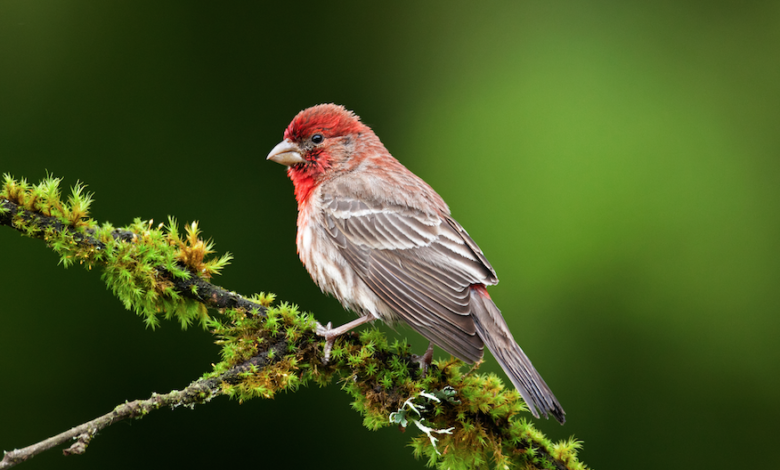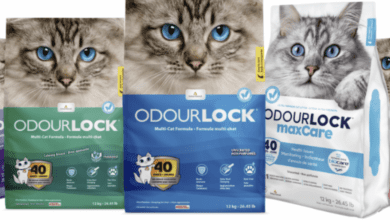Features
Mexican Rose Finch

I once saw a group of quite large and very attractive finches in a cage at a local bird traders’ facility. This would have been in the late 1980s early 1990s.You'll need to
subscribe to unlock this content. Already subscribed? Login?







